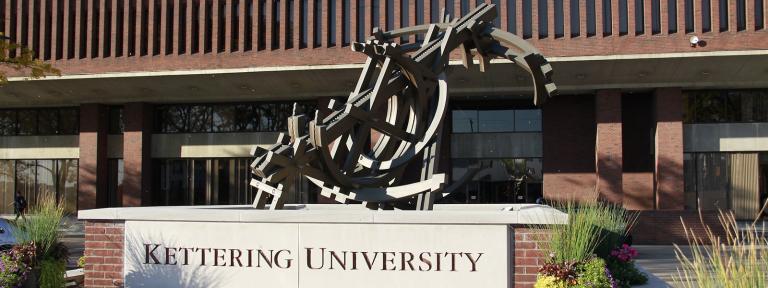
“We have a lot of data and the challenge is how to analyze and visualize the data, there is so much of it. There is no efficient way to explore the high volume of data sets we have gathered.”
“Fast macro-scale transmission imaging of microvascular networks using Knife Edge Scanning Microscopy (KESM)” is the scientific way of saying the technology now exists to take high resolution photos of micro-thin slices of animal tissues and create accurate three-dimensional electronic images of them.
It might not immediately apparent why this is so important – but to medical researchers this is great news. These three-dimensional images can aid in finding treatments for cancer, immune responses and strokes.
In the Biomedical Optics Express publication of September 2011, results of the first example of this technique that can be directly applied to clinical research were published explaining the technology and its applications.
Dr. Jaerock Kwon, assistant professor of Electrical and Computer Engineering at Kettering University, wrote the software control program and image processing modules for the Knife Edge Scanning Microscopy (KESM) built in the Brain Network Lab that is directed by his former professor and research colleague Dr. Yoonsuck Choe at Texas A&M University. As the high-precision positioning system moves the stage in the KESM, the software program activates a camera that captures images and then constructs a three-dimensional image.
“It is time consuming to perform histology reconstructions by hand, it could take hundreds of years to accurately create a histology of one cubic centimeter of a mouse’s brain for example,” said Kwon. Histology is the study of the microscopic anatomy of cells and tissues of plants and animals. Cells and tissues are stained and sectioned before being examined with a light microscope or electron microscope.
The KESM can perform the same histology imaging on a cubic centimeter of brain tissue in approximately two days that is extremely faster than other methods having comparable level resolution.
While it is possible to get similar data from an MRI for the brain, the images are not high resolution and it is not possible to see micro-vascular blood vessels, he said. “This technology (KESM) becomes much faster when automating both control software and image processing software,” said Kwon.
The goals of the research project were threefold: to better understand the relationship between cancer development and the vascular system, understanding immune responses for neural prosthetics and predicting the nature of blood flow and it relates to strokes.
Kwon and fellow researchers were specifically interested in the first, to detect changes in blood vessel development, which may enable identifying the presence of cancer earlier, he said. To do this they had to be able to make a detailed map of the vascular structure in the brain.
The research builds upon previous cancer research identifying the rapid growth of new blood vessels as an indicator of cancer and studies that have shown preventing blood vessel growth can slow the growth of tumors those vessel feed.
The KESM uses a diamond knife to cut one-micron thick slices of tissue, in the case of this research it was brain tissue from mice, and as it cuts it captures a photographic image of the slice.
These micro-thin slices are then assembled to create a three-dimensional structure of the brain tissue sample, showing the brain’s vascular network including arteries, veins and the smallest capillaries, creating a virtual map of the vascular structure.
Future plans include augmenting the process with fluorescence imaging, which will allow researchers to link brain structure to function.
“The original challenge was to build this system,” said Kwon, “now we have a lot of data and the challenge is how to analyze and visualize the data, there is so much of it. There is no efficient way to explore the high volume of data sets we have gathered.”
The initial project was started more than 10 years ago. The complete and automated KESM system was successfully built three years ago and has been generating data sets since then. As he has been trying to build the next generation of the KESM, Kwon is working on data processing software to analyze the volume of data being collected by the KESM. He and Dr. Yoonsuck Choe, of Texas A&M, are currently seeking National Science Foundation funding to collaborate on taking the technology to the next level, making it even faster with higher resolution.
The full paper on their research is “Fast micro-scale transmission imaging of microvascular networks using KSEM in the Biomedical Optics Express," Mayerich et al., Vol. 2, Issue 10, pp. 2888-2896.
Contact Dr. Kwon.
Story contact: Dawn Hibbard
810.762.9865
dhibbard@kettering.edu